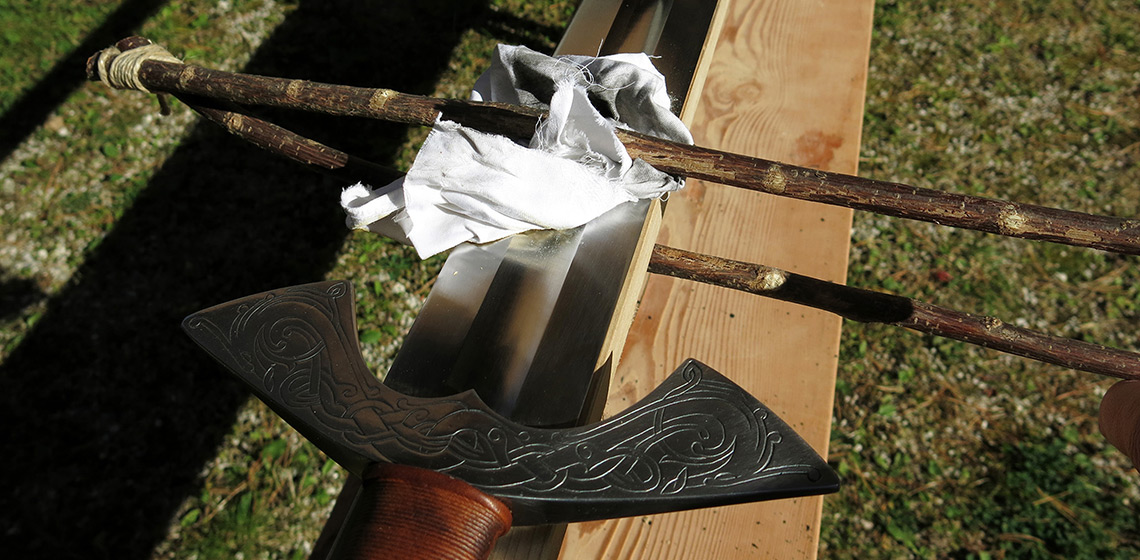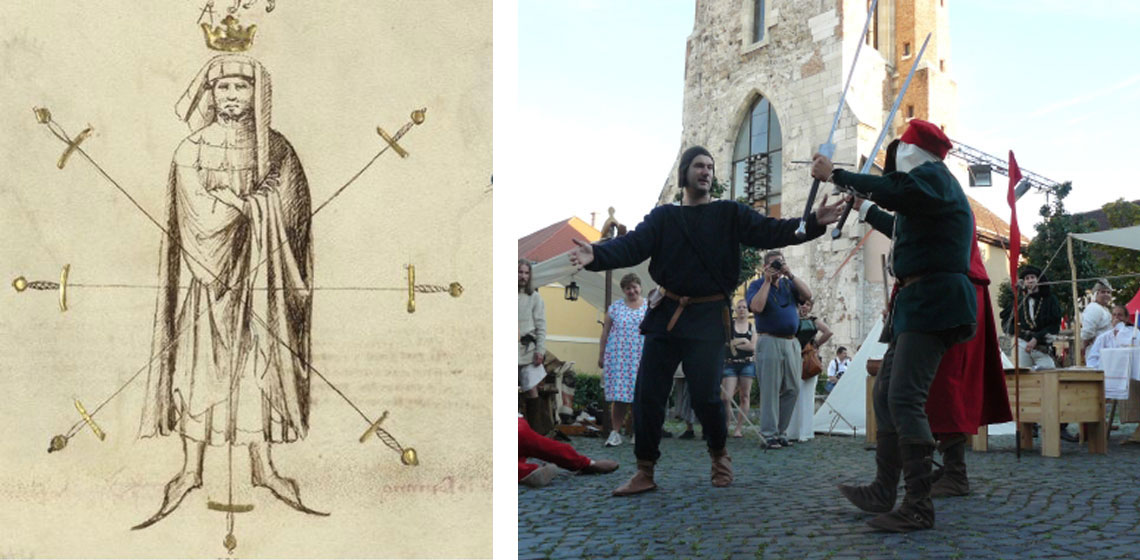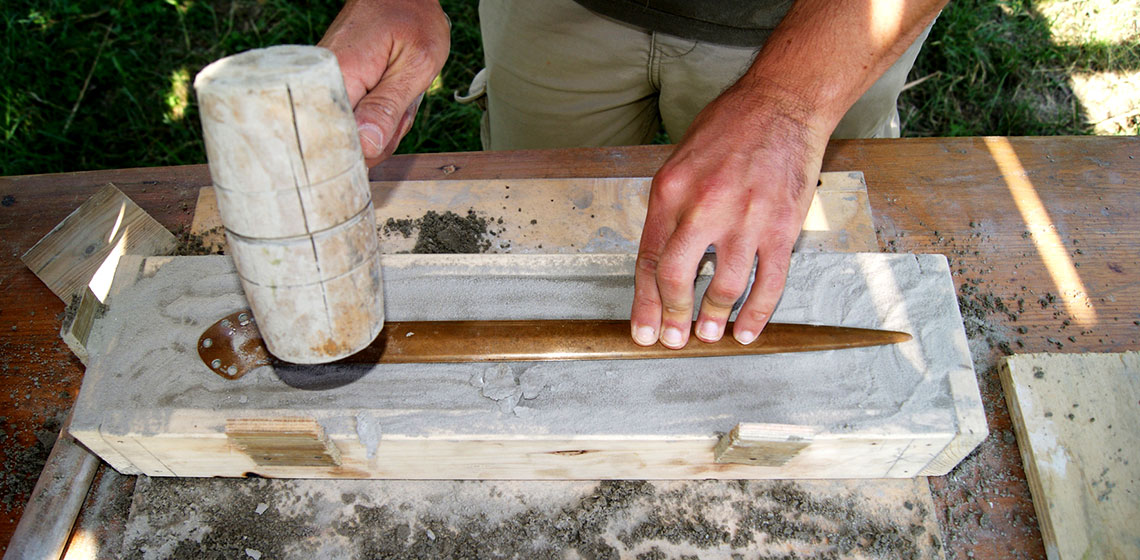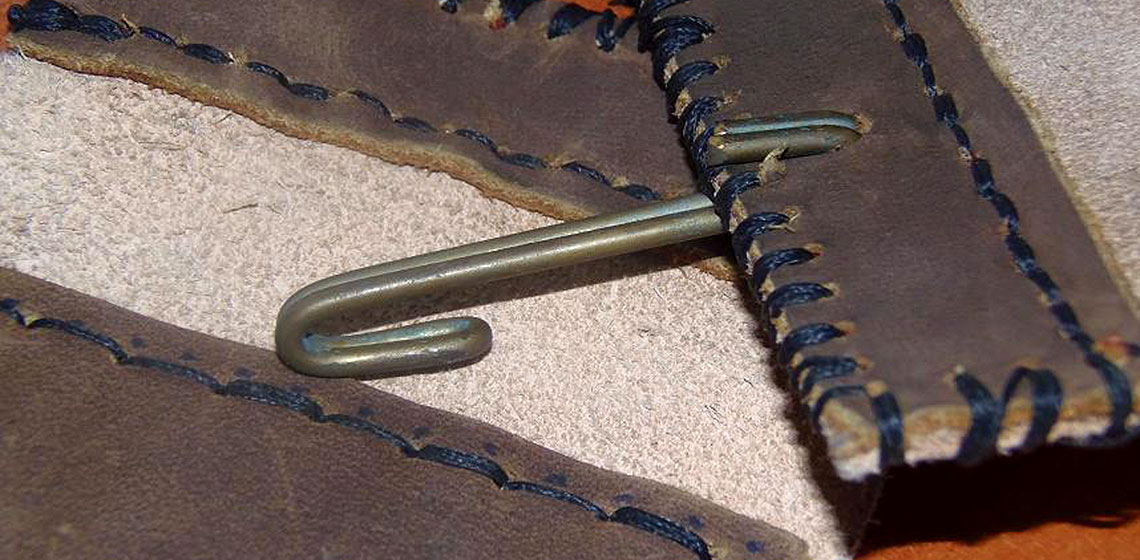sword
Book Review: Bronze Age Combat: An Experimental Approach by Raphael Hermann et al
Cometh the hour, cometh the book? There was a considerable anticipatory kerfuffle on archaeological social media about the release of Bronze Age Combat: an experimental approach, and rightly so. It is much more than just an experimental archaeology book with rather gorgeous photographs of swords, spears and shields (although it is that too!). It is a rare publication which manages to...
“A Mirror for Men” – Reconstructing a Medieval Polishing Bench and Putting it to the Test
***In the late 5th century AD, the famous Ostrogoth Theoderic the Great received a truly regal gift from the king of the Warini: he was given highly elaborated swords, richly decorated and able to cut through armour. Their fullers (long grooves along the flat side of the blade to reduce weight and to gain stability...
Historical European Martial Arts (HEMA) and Reenactment - Concept, Problems, Approaches in Our Experience
Observations on Italian Bronze Age Sword Production: The Archaeological Record and Experimental Archaeology
***In spite of the very large quantity of Bronze Age swords in Northern Italy, only a few stone moulds have been found. Tests have shown that carving such big stone moulds (more than 60 cm long) requires a large amount of raw material, deep knowledge and skill, rather than a wide set of implements...
A Picenian Warrior Who Lived in the Eight Century BC: A Hypothetical Reconstruction
Various populations inhabited this territory from the tenth to the early third century BC, when the Roman army took control of it: the Laziali and Sabini in Lazio, the Etruscans and, from the fifth century, Celts in Toscana and Emilia Romagna, Umbri in Umbria and Picenians in Marche and Abruzzo. At the beginning of the Iron Age, and until the eighth century, we have evidence of other populations as well. The most ancient group being the Sub-Apenninical culture, which were Villanova and Proto-Villanovan populations that seem to have had towns in the Region Marche.





